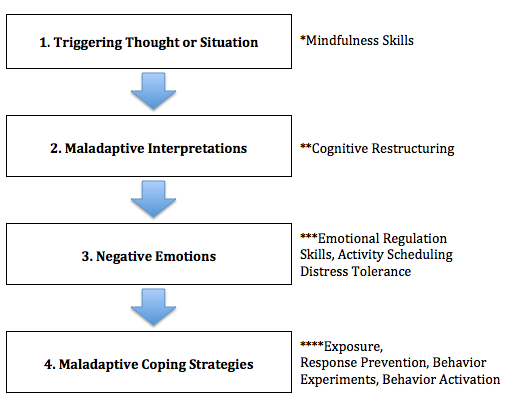International Stress Awareness Day
It’s International Stress Awareness Day. We wanted to highlight the types of stress, the effects of negative stress, and some ways to help cope with stress.
It is common for people to believe that all stress is negative, but that is not actually true. There is such a thing as positive stress, also known as eustress. Some positive examples of stress are starting a new job, having a baby, or graduating from college. Everyone comes face to face with stress; it is essential for survival and is a great motivator.
Negative stress, also known as distress, can be short term or long term. There are many situations that can cause us distress: loss of a loved one, a child struggling with school, or the loss of a job. When negative stress becomes long term, it can greatly impact you in many ways. You can experience brain fog, inability to focus, depression, anxiety, high blood pressure, low immune system, insomnia… the list goes on and on. That’s why it’s important to make time for yourself to de-stress!
What activities can you do to relax?
There are endless amounts of things you can do to relax and de-stress. We asked our therapists to share some ways that they de-stress.
Cindy, our Center Assistant, goes for a run and paints to Bob Ross videos. Exercise is a great way to cope with stress!
Laura Johnson, our Center Director, likes to pet her dogs and her cat. Studies show that petting your dog or cat can actually release beneficial hormones and lower cortisol, the primary stress hormone.
Caitlyn likes to take her dog for walk, and also enjoys drawing, listening to podcasts, and cooking.
Tamara goes for a run, or calls a good friend or family member. Surrounding yourself with loved ones is a great way to relax!
Jessica enjoys outdoor activities: yoga, going for a hike, tending to her garden. She likes to cook and surround herself with loved ones who can make her laugh. They say laughing is the best medicine… well, it can definitely help!
Melissa enjoys crafting. Photo projects, making greeting cards, etc. She also relaxes by food prepping, organizing, and being mindful with the family.
Erica unwinds by binge watching shows on Netflix and dancing.
Saryna enjoys fun projects, walking/exercising, talking to friends and family. Anything fun, relaxing, or nourishing.
Kimberly unwinds by watching something funny to get herself laughing.
There are many ways to unwind. Don’t be afraid to try something new! Take time for yourself, even if you have to schedule it into your calendar. It’s good for your health!
How to Get Help in San Jose/Los Gatos
The Cognitive Behavior Therapy Center in Silicon Valley specializes in therapy and counseling with adults, children and teenagers. Click to send an email for more information on how we can help you or your family members improve your outlook.
Silicon Valley Communities We Serve
Cognitive Behavior Therapy Center of Silicon Valley offers evidence-based therapy for Anxiety and Obsessive Compulsive Disorder near the following Silicon Valley/San Jose communities:
San Jose Therapy Counseling • Saratoga Therapy Counseling • Los Gatos Therapy Counseling • Monte Sereno Therapy Counseling • Cupertino Therapy Counseling • Campbell Therapy Counseling • Mountain View Therapy Counseling • Los Altos Therapy Counseling • Sunnyvale Therapy Counseling • Santa Clara Therapy Counseling
CONTACT US
